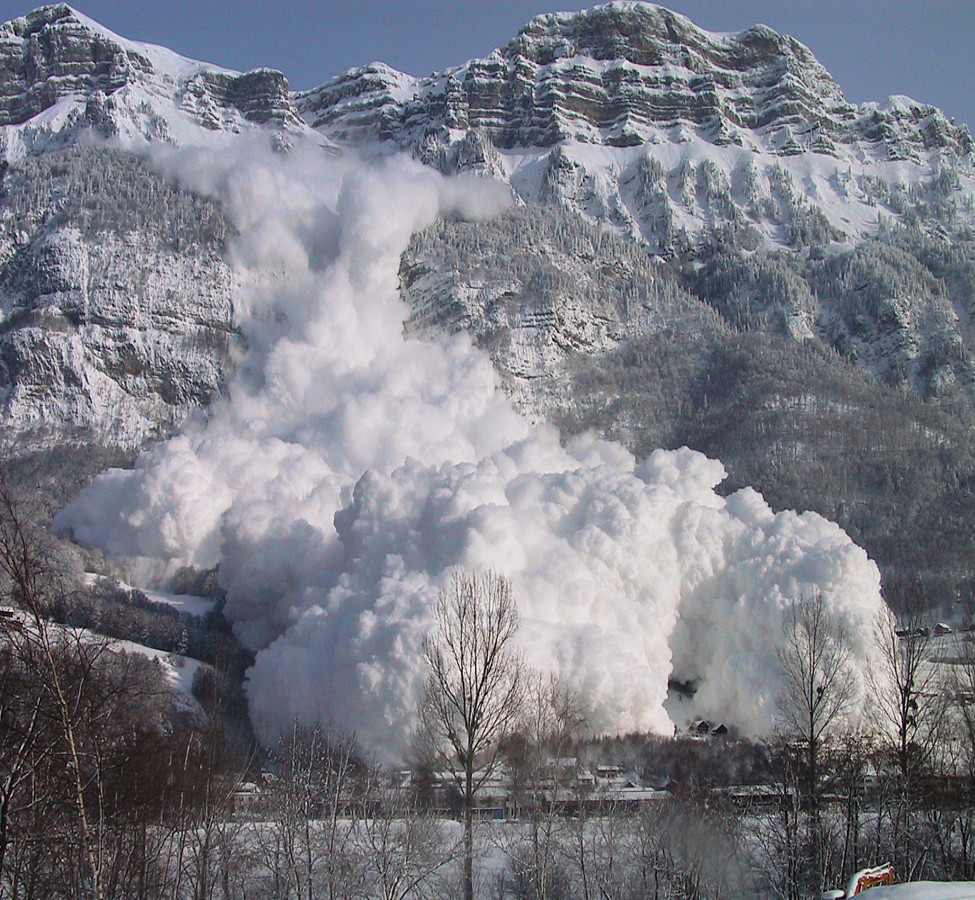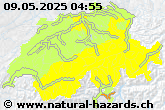Stratovolcanoes
Ten percent of all volcanoes occur in the form of stratovolcanoes. They arise predominantly at subduction zones. Examples of stratovolcanoes are Stromboli (Italy), Fujiyama (Japan) and Popocatepetl (Mexico).
Stratovolcanoes are characterised by their conical form, and consist of alternate layers of expelled lava and loose rock; they often have a crater. Their eruptions are explosive owing to the high gas content of the magma, which is relatively cold and therefore viscous. The magma is formed by melting of the deeper strata of the Earth's crust. Owing to the high viscosity of the magma, the gases cannot escape continuously, but are restrained. They are finally transported to the surface under high pressure, carrying the magma along with them. In the form of ash, the loose material of a stratovolcano can attain an altitude of 40 km.




